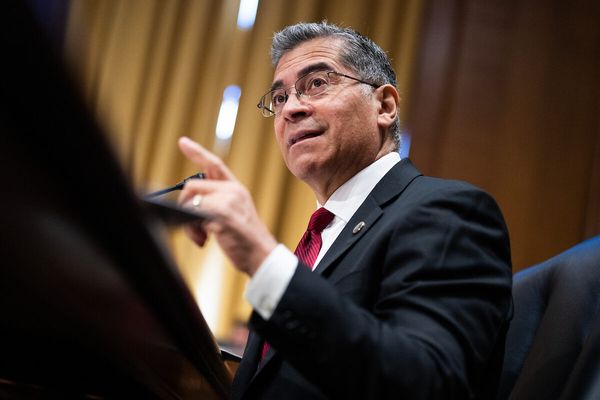Amazon.com bounced right at the 50-day moving average Wednesday but is underperforming against the broader market.
With general market volatility quite low, it is tough to find good credit spread and iron condor trade ideas. One exception is those specifically designed around earnings. Amazon reports results next Thursday after the close.
An iron condor trade from earlier in the month did well and could be closed out earlier in the week for 50%-60% of the premium received.
Today, I want to look at a different strategy that is positive Vega and takes advantage of volatility skew.
It's called a diagonal put spread. It's an advanced strategy because it utilizes options over different expiration periods and different strike prices.
Let's look at an example:
Setting Up Amazon Diagonal Spread
The trade I'm looking at is selling a Feb. 17 put with a strike price of 85 and buying a March 3 put with a strike price of 80.
As of Wednesday's close, the February put could be sold for around $1.25 and the March put could be bought for $0.90. (Amazon shares closed at 97.18.)
The trade would result in a net credit of $0.35, which means there is no risk on the upside. The worst that can happen is that the puts expire worthless and the trader keeps the $0.35 credit.
The risk with the trade is on the downside, with a potential maximum loss of $465. This is calculated by taking the difference in the spread (5) multiplied by 100 and subtracting the premium received (35).
Maximum Potential Gain $200
The maximum potential gain is around $200, which would occur if Amazon stock closes right at 85 on Feb. 17.
The break-even price is estimate at around 82, and the trade will do well if Amazon stock stays above 85-90 for the next few weeks.
Aiming for a return of around 10%-15% makes sense, and I would set a similar stop loss.
The worst-case scenario is a sharp drop in Amazon stock early in the trade. For this reason, if the stock drops below 85 in the next few days, I would also consider closing the trade early to minimize losses.
The initial trade set up has a delta of 5, meaning the position is roughly equivalent to owning five shares of Amazon stock. Note that this delta number can change significantly as the stock starts to move.
Trade Sells Higher Volatility
One of the advantages of the trade is that the put we are selling has higher volatility (57%) than the put we are buying (53%). Just like with stocks, when it comes to volatility we want to buy low and sell high.
According to the IBD Stock Checkup, Amazon stock is ranked No. 12 in its group and has a Composite Rating of 52, an EPS Rating of 64 and a Relative Strength Rating of 13.
It's important to remember that options are risky and investors can lose 100% of their investment.
This article is for education purposes only and not a trade recommendation. Remember to always do your own due diligence and consult your financial advisor before making any investment decisions.
Gavin McMaster has a Masters in Applied Finance and Investment. He specializes in income trading using options, is very conservative in his style and believes patience in waiting for the best setups is the key to successful trading. Follow him on Twitter at @OptiontradinIQ







